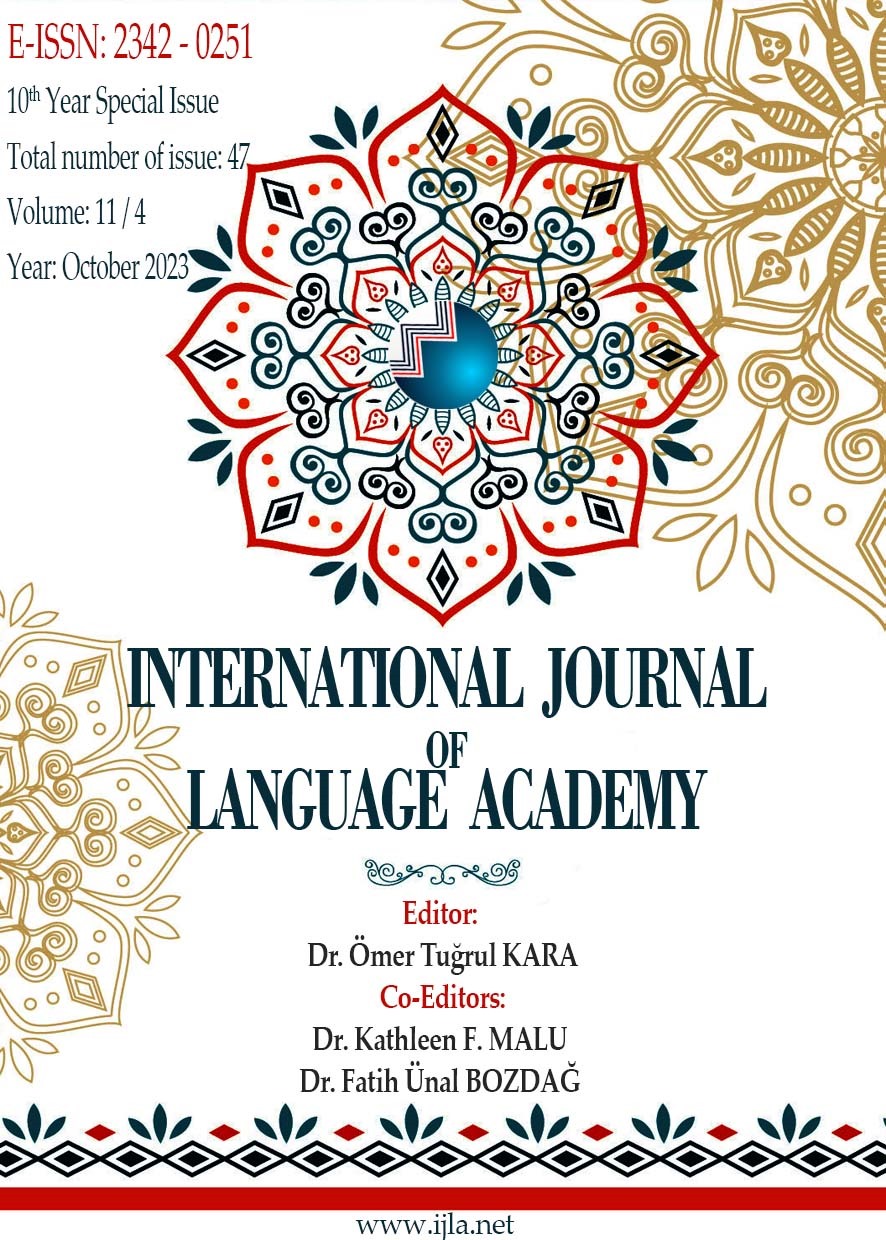Author :
Abstract
Keywords
Abstract
This study compares the quantitative and qualitative assessment of teachers and teacher candidates with the "Prosodic Reading Scale" each other and with the assessment based on acoustic parameters. Sixty-four teacher candidates and 26 teachers participated in the research, where we used the convergent parallel designs from the mixed method. This study is based on the "Prosodic Reading Scale" scores, which the assessors created by listening to 10 different levels of reading aloud and their simultaneous qualitative evaluations. Results were analyzed in terms of standardized Z score, frequency, percentage, arithmetic mean, maximum and minimum scores, and t-test. To compare the assessors' evaluations, this study used the reading-aloud recordings acoustically in terms of intonation, focus and pause using the customized version of the PRAAT 6.0.37 phonetic analysis program. We compared the scaled results of the assessors with the data obtained from the acoustic measurements. In the study, we concluded that the evaluations of teachers and teacher candidates with the scale showed a normal distribution and were inconsistent with measures based on acoustic parameters. We also found that their qualitative assessments needed to be more consistent with the assessment based on quantitative data and acoustic parameters. The findings of this research provided evidence that the subjective assessment of reading prosody does not provide reliability.





